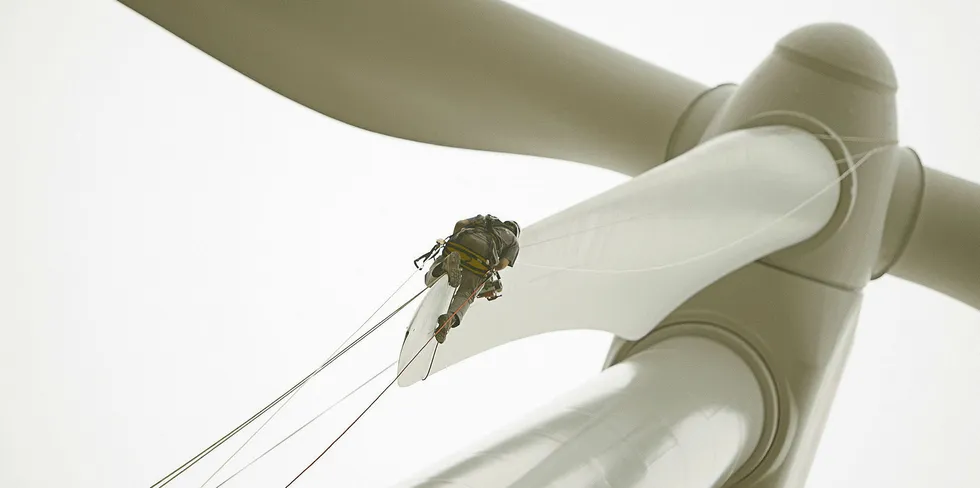Wind industry needs top-down 'mentality change' to boost safety levels
Double-digit growth of standardised training for technicians seen in new report points to growth of commitment to improvement, says GWO boss

Double-digit growth of standardised training for technicians seen in new report points to growth of commitment to improvement, says GWO boss
